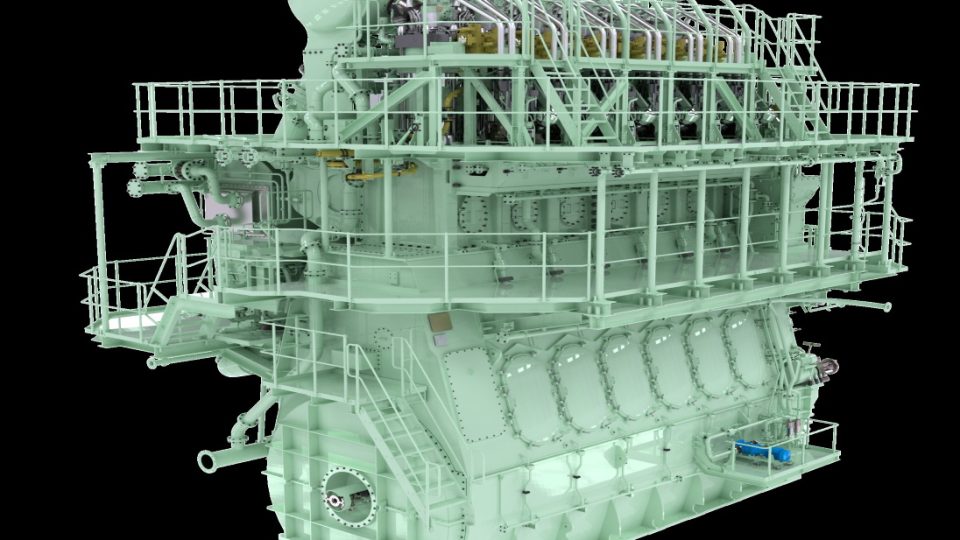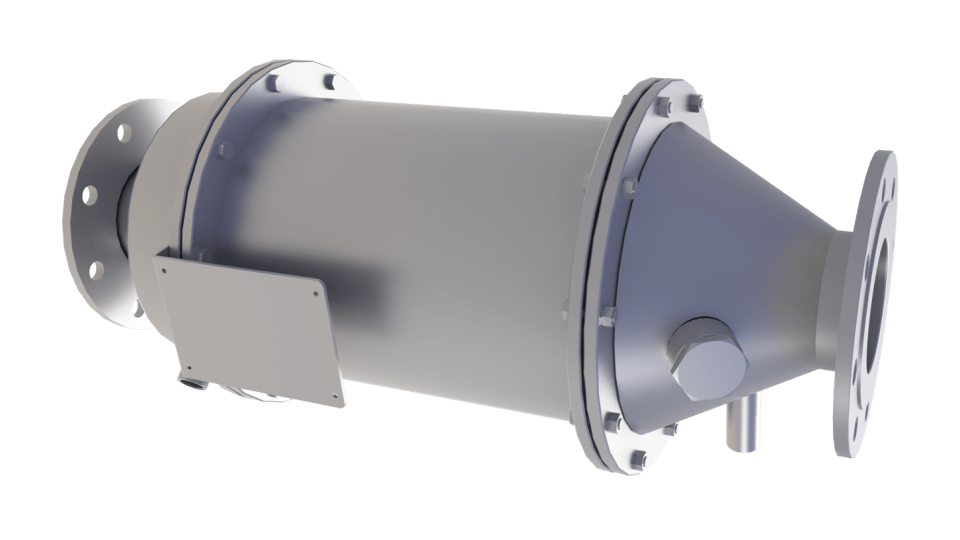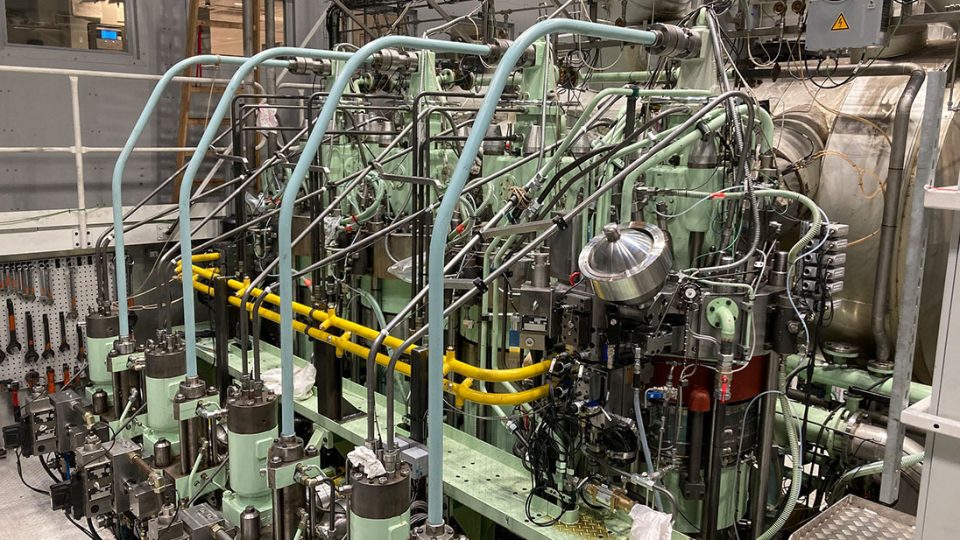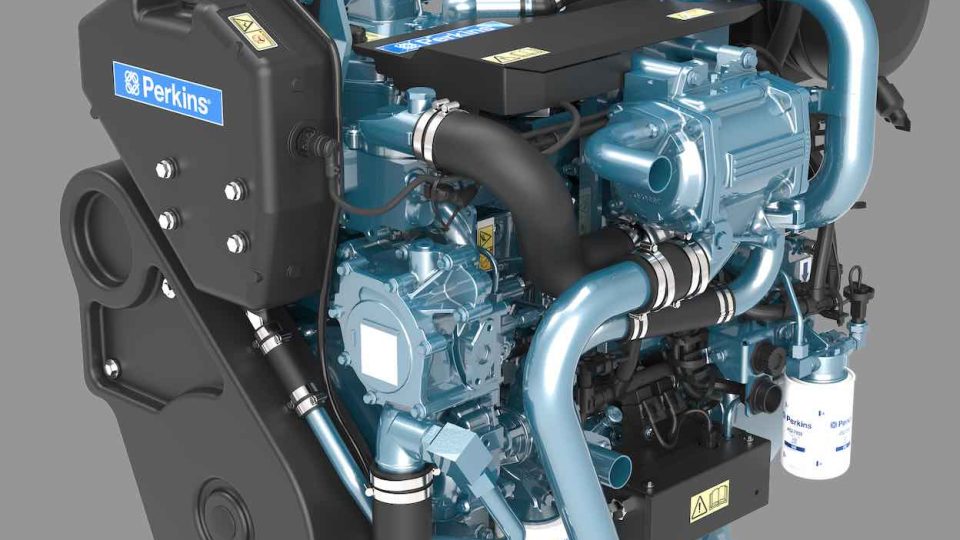Chevron joins Global Centre for Maritime Decarbonisation
Chevron announced an agreement to join the Global Centre for Maritime Decarbonisation (GCMD). Chevron’s involvement aims to help support GCMD’s efforts to develop potentially scalable lower carbon technologies – including those that enable the use of ammonia as a maritime fuel – and the commercial means to enable their adoption.
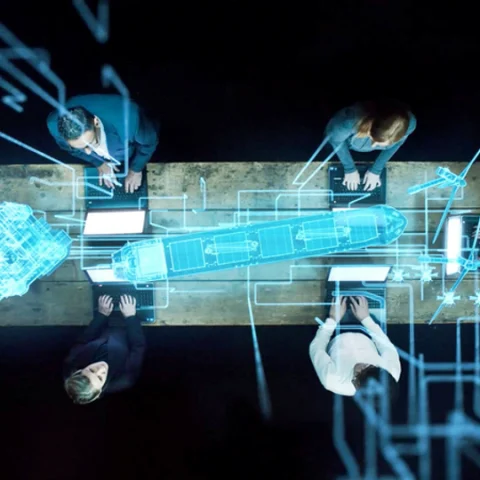
Chevron announced an agreement to join the Global Centre for Maritime Decarbonisation (GCMD). Chevron’s involvement aims to help support GCMD’s efforts to develop potentially scalable lower carbon technologies – including those that enable the use of ammonia as a maritime fuel – and the commercial means to enable their adoption.
The GCMD is an independent, non-profit organization, established with support from the Maritime and Port Authority of Singapore. It collaborates with the maritime industry, plans to conduct pilot projects and trials, and advocates for well-designed climate policies and standards.
“Shipping is a hard-to-abate sector and to reach the International Maritime Organization’s climate goals, collaboration across the value chain is required,” said Lynn Loo, CEO of the Global Centre for Maritime Decarbonisation. “We look forward to working with Chevron and capitalizing on its experience as a fuel producer, supplier and end user to operationalize pilots, which we believe will ultimately shorten the time to deployment and adoption of decarbonization solutions. This partnership will enable both organizations to work closely on the fuels of the future as well as carbon capture technologies, both of which are critical enablers expected to help the sector meet its net zero ambitions.”
Chevron to accelerate lower carbon businesses
“Lowering the carbon intensity of shipping requires fundamental changes across the entire maritime value chain,” said Mark Ross, president of Chevron Shipping Company. “This is a truly complex task that requires industry-wide collaboration, innovation, and well-designed policy. GCMD brings together knowledge and expertise to help meet this challenge. We look forward to working with our fellow partners to progress our shared lower carbon ambitions.”
In 2021, Chevron launched Chevron New Energies (CNE) to accelerate lower carbon businesses in hydrogen; carbon capture, utilization and storage; offsets; and emerging energy opportunities, as well as support Chevron’s continued focus on renewable fuels and products. As part of its strategy, CNE is focused on customers in sectors of the economy with harder to abate emissions.
“Chevron is leveraging our capabilities, assets, and customer relationships to identify opportunities to lower emissions of our own operations, while also identifying ways that essential sectors of the economy, such as the maritime industry, can achieve their lower carbon goals,” said Austin Knight, vice president of Hydrogen for Chevron New Energies. “Alongside Chevron Shipping, we look forward to collaborating with GCMD and its partners on this effort.”



